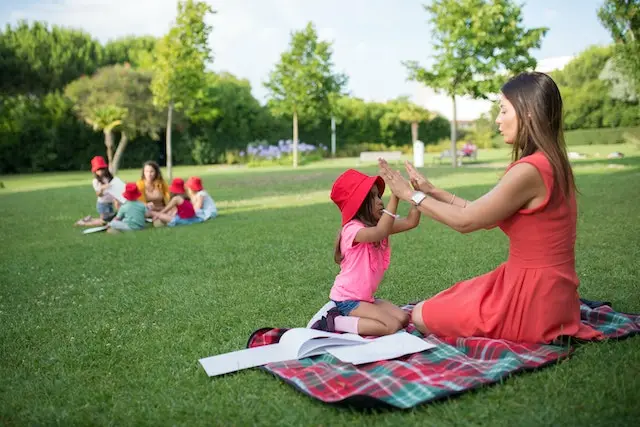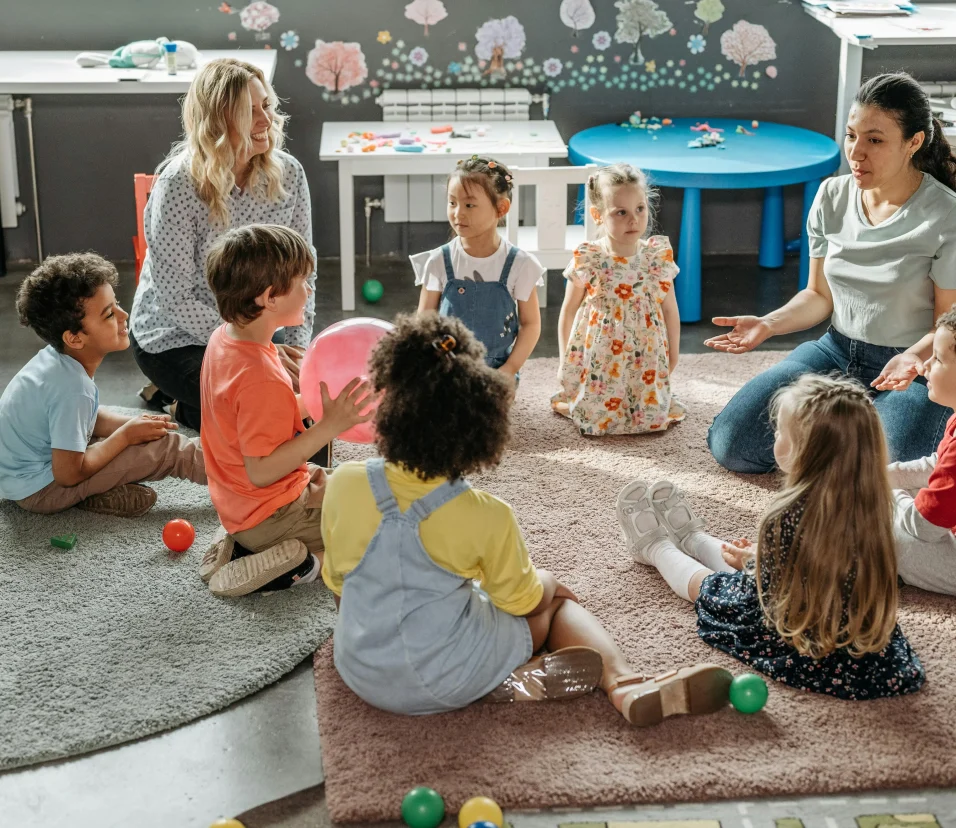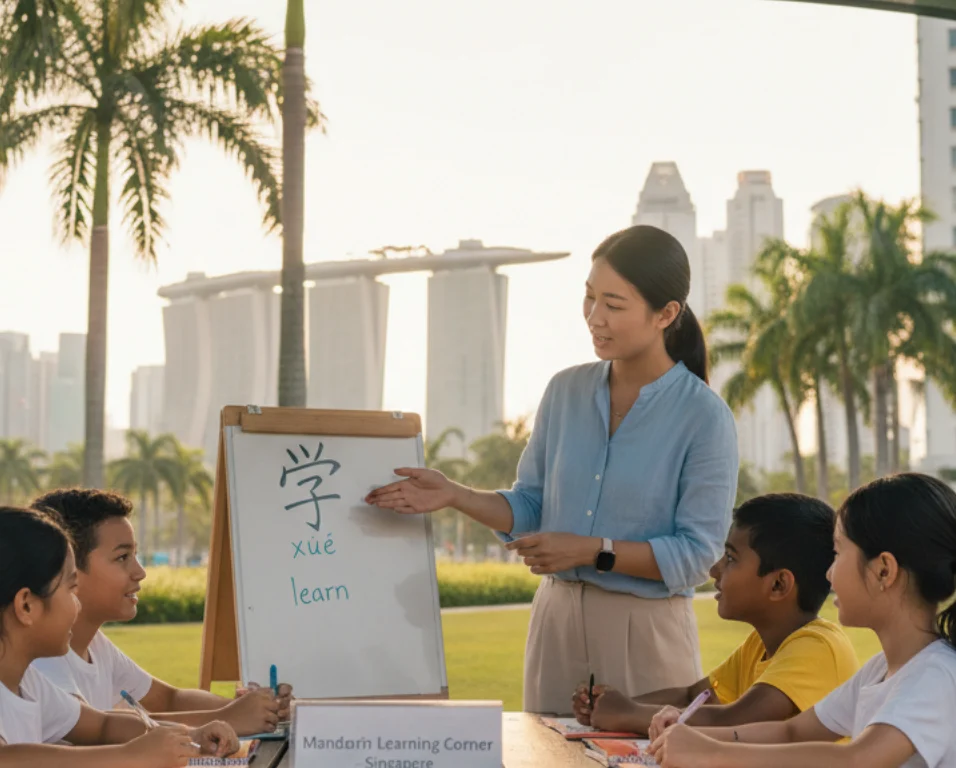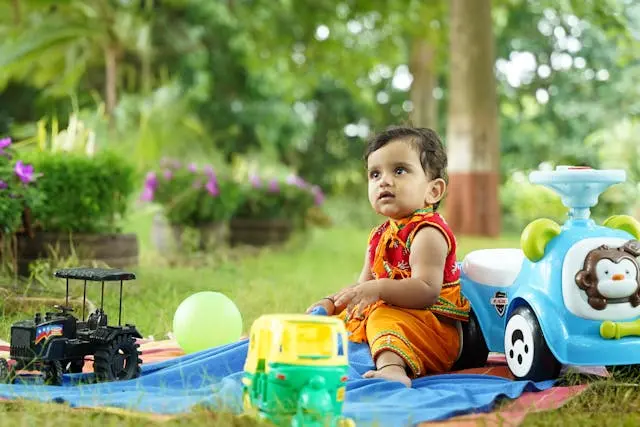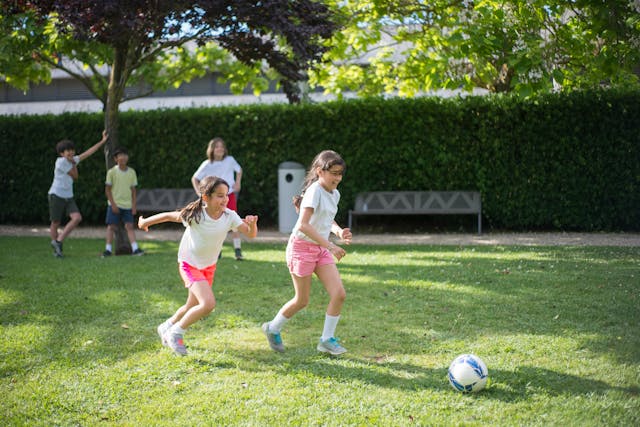Ultimate Guide to Planning Field Trips for Kids
Welcome to our guide for planning and preparing educational field trips for preschoolers! As a preschool teacher, I provide you with comprehensive information and a field trip preparation checklist to help you organize a successful and enriching field trip for kids, specifically geared towards preschool-aged children. Join me as we dive into the exciting world of planning preschool field trips and activities!
Section 1: Choosing the Perfect Destination

When planning a preschool field trip, selecting the right destination is key. Consider the educational objectives, curriculum relevance, and age appropriateness of the location. Look for interactive exhibits and hands-on learning experiences. Some popular choices for preschool field trips include museums, zoos, nature centres, children’s discovery centres, farms, and aquariums.
Section 2: Field Trip Planning
- Set Clear Educational Goals: Determine the learning objectives and educational benefits you want to achieve through the field trip. Tailor activities and discussions to maximize educational value.
- Research and Pre-Visit: Familiarize yourself with the destination by researching online, contacting the facility, and scheduling a pre-visit. This will help anticipate safety concerns and tailor the experience to meet the needs of your learners.
- Obtain Permissions: Communicate with parents and obtain the necessary permissions and waivers. Inform them about the field trip’s purpose, learning objectives, and logistics.
- Volunteering Teachers: Coordinate with teachers and parent volunteers to ensure sufficient supervision during the field trip. Assign specific responsibilities to each volunteer, such as group leaders, first aid assistants, or photographers. Clearly communicate the expectations and guidelines for the volunteering teachers to maintain a safe and organized trip.
- Arrange Transportation and Safety Measures: Ensure adult supervision during transit and consider field trip safety tips, such as verifying the safety protocols of transportation providers.
- Create a Detailed Itinerary: Develop a field trip schedule that includes rest breaks, snack breaks, and educational activities to keep children engaged.
- Dietary Considerations: Before the field trip, collect information about any dietary restrictions or allergies among the children. Communicate these requirements to the facility or arrange packed lunches accommodating everyone’s needs.
- Snacks and Water: Plan healthy snack breaks throughout the day to energize the children.
Section 3: Field Trip Activities

Guided Tours and Interactive Exhibits: Arrange guided tours and encourage hands-on experiments. This tactile experience will leave a lasting impression.
Hands-on Experiments: Seek out activities that allow children to engage in hands-on experiments and exploration. This tactile experience will deepen their understanding and leave a lasting impression.
Interactive Workshops: Many destinations offer age-appropriate workshops tailored to preschoolers, featuring interactive demonstrations and crafts. Consider this for enhancing engagement and learning outcomes.
Scavenger Hunts: Incorporate scavenger hunts or treasure hunts to make the field trip more exciting and interactive. Prepare age-appropriate clues or questions related to the exhibits or environment for the children to solve.
Reflection and Discussion: Allocate time for reflection and group discussions at various points throughout the trip. Encourage children to share their observations, ask questions, and express their thoughts and feelings about the experience.
Read more on Places to take preschool kids for an educational field trip
Section 4: Safety Considerations During Field Trips
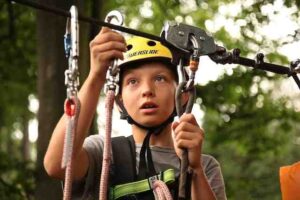
Field Trip Safety Tips: Ensure you have a well-stocked first aid kit and designate an adult with first aid training. Familiarize yourself with emergency procedures and establish a plan for unforeseen situations.
Maintain Adult-to-Child Ratios: To ensure safety, maintain an appropriate adult-to-child ratio, with adequate supervision at all times.
Medical Information: Collect and carry necessary medical information for each child, including allergies, medications, and emergency contact details. Keep this information easily accessible in case of any medical emergencies.
Rules and Behavior Expectations: Clearly communicate the behaviour expectations to both children and accompanying adults before the trip. Emphasise the importance of following instructions, staying with the group, and respecting the facility and its exhibits.
Communication Plan: Establish a communication plan to keep parents informed throughout the trip. Share contact details and schedule regular updates, ensuring parents know of any changes or delays.
Section 5: Post-Trip Follow-up

- Reflection Activities: Engage the children in post-trip activities that encourage reflection and reinforce learning. This could include discussions, journaling, or creating artwork inspired by their experiences.
- Parent Engagement and Feedback: Share highlights and photos with parents, encouraging discussions at home to reinforce the educational experience.
- Thank-You Notes: Have the children write thank-you notes or draw pictures expressing their gratitude to the destination and any staff members who made the trip memorable. This teaches them the importance of appreciation and reinforces social skills.
- Evaluation and Feedback: Gather feedback from both children and accompanying adults to evaluate the success of the field trip. Use this feedback to improve future trips and enhance the overall experience.
- Volunteer Appreciation: Express your gratitude to the volunteering teachers for their support and dedication. Recognize their contributions through thank-you notes, certificates, or small tokens of appreciation. This gesture fosters a sense of teamwork and encourages continued involvement in future field trips.
Conclusion:
By choosing educational destinations, creating a well-structured itinerary, and prioritizing safety, you can provide a fun and educational field trip for preschoolers. By selecting the right destination, creating a well-structured itinerary, and incorporating engaging activities, you can provide a valuable and memorable experience that nurtures young minds. Remember to prioritize safety, communicate effectively, and follow up with post-trip activities to maximize the educational impact. So, embrace the excitement of field trip planning, and watch as your preschoolers embark on an educational journey they’ll cherish for years to come.

